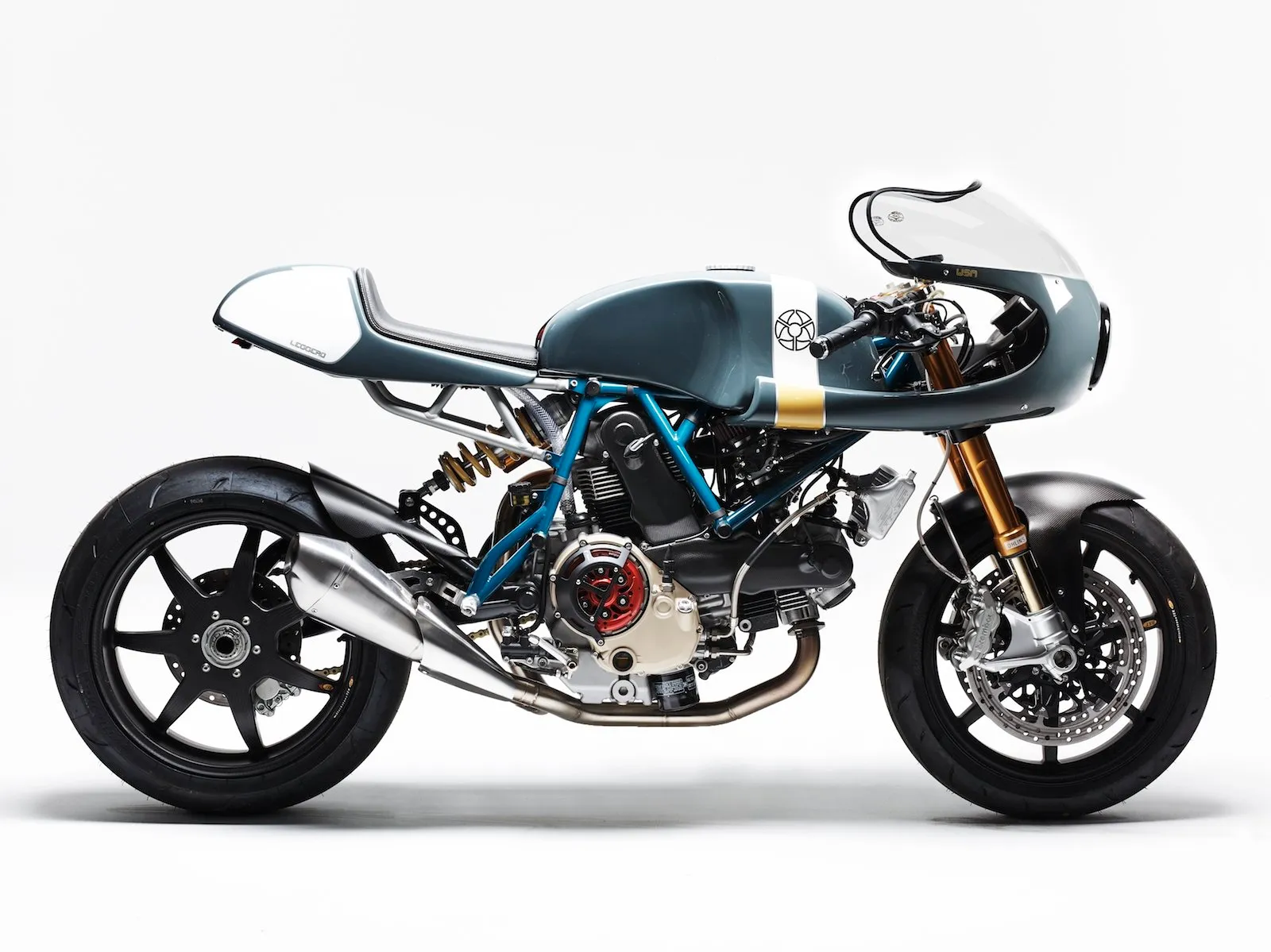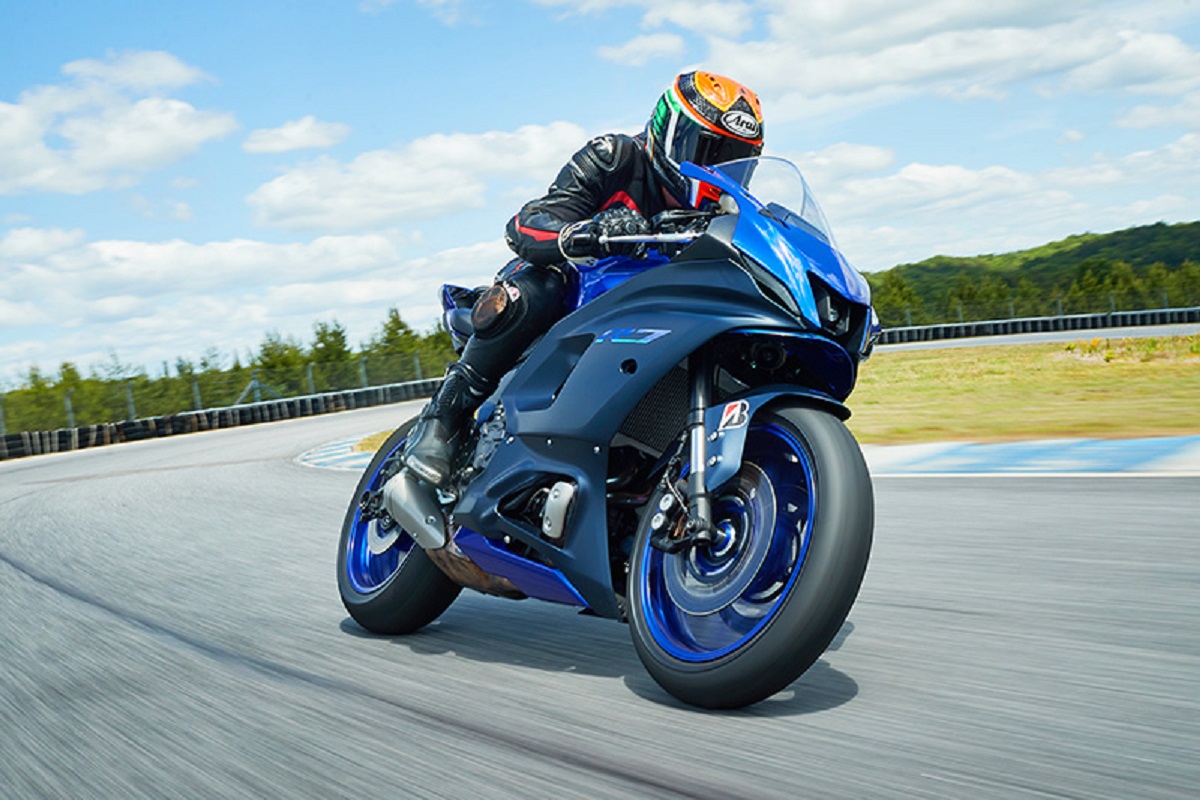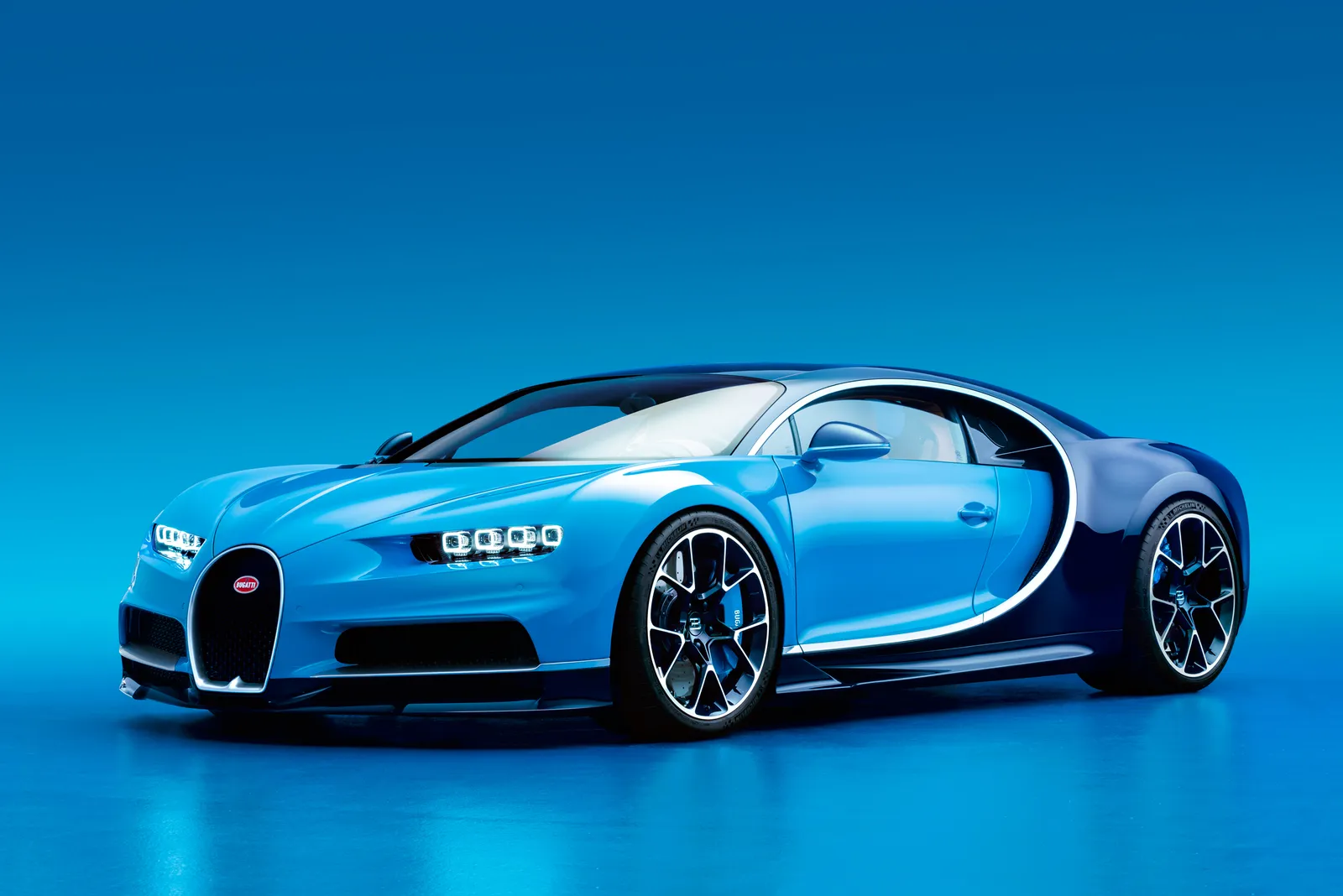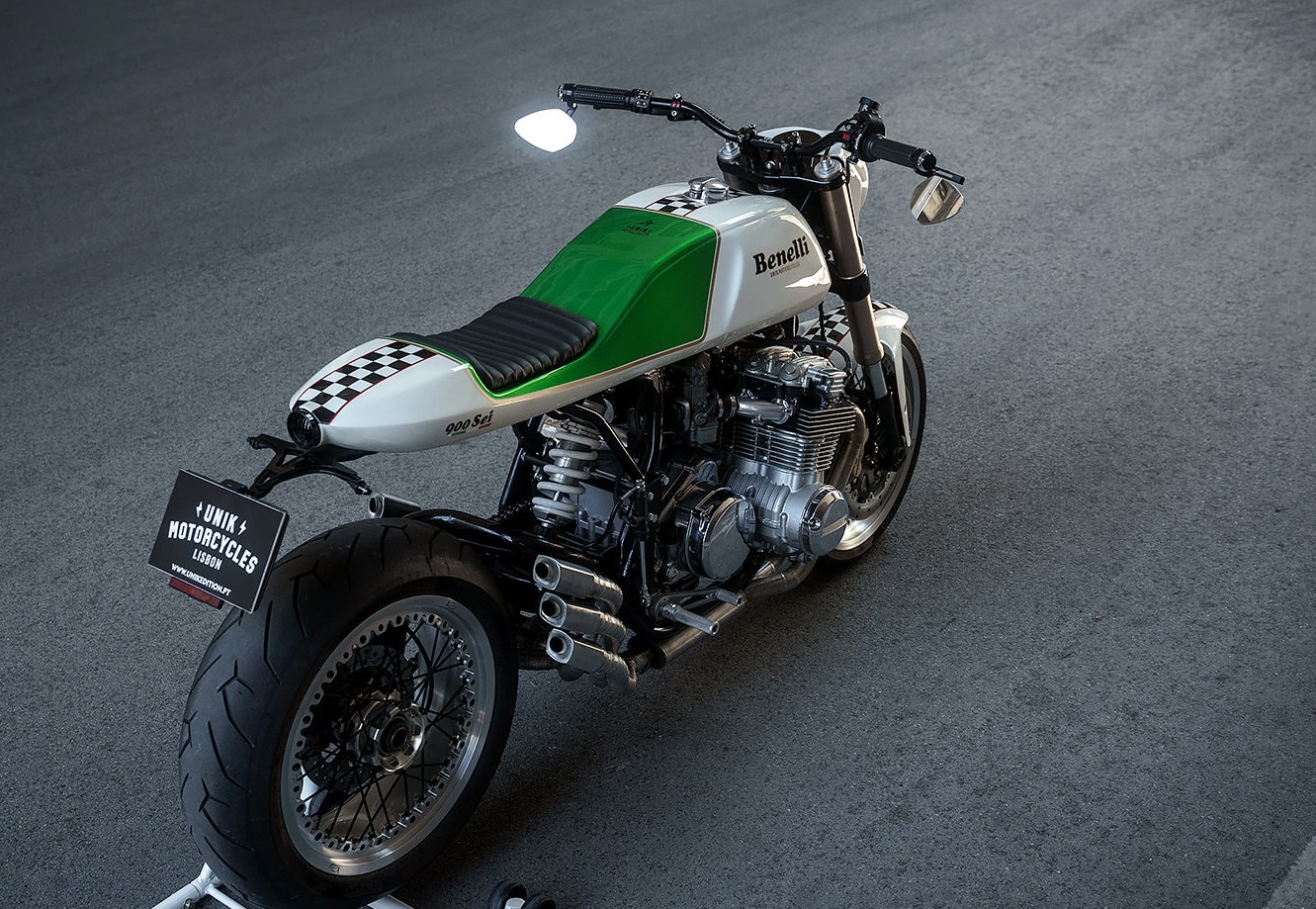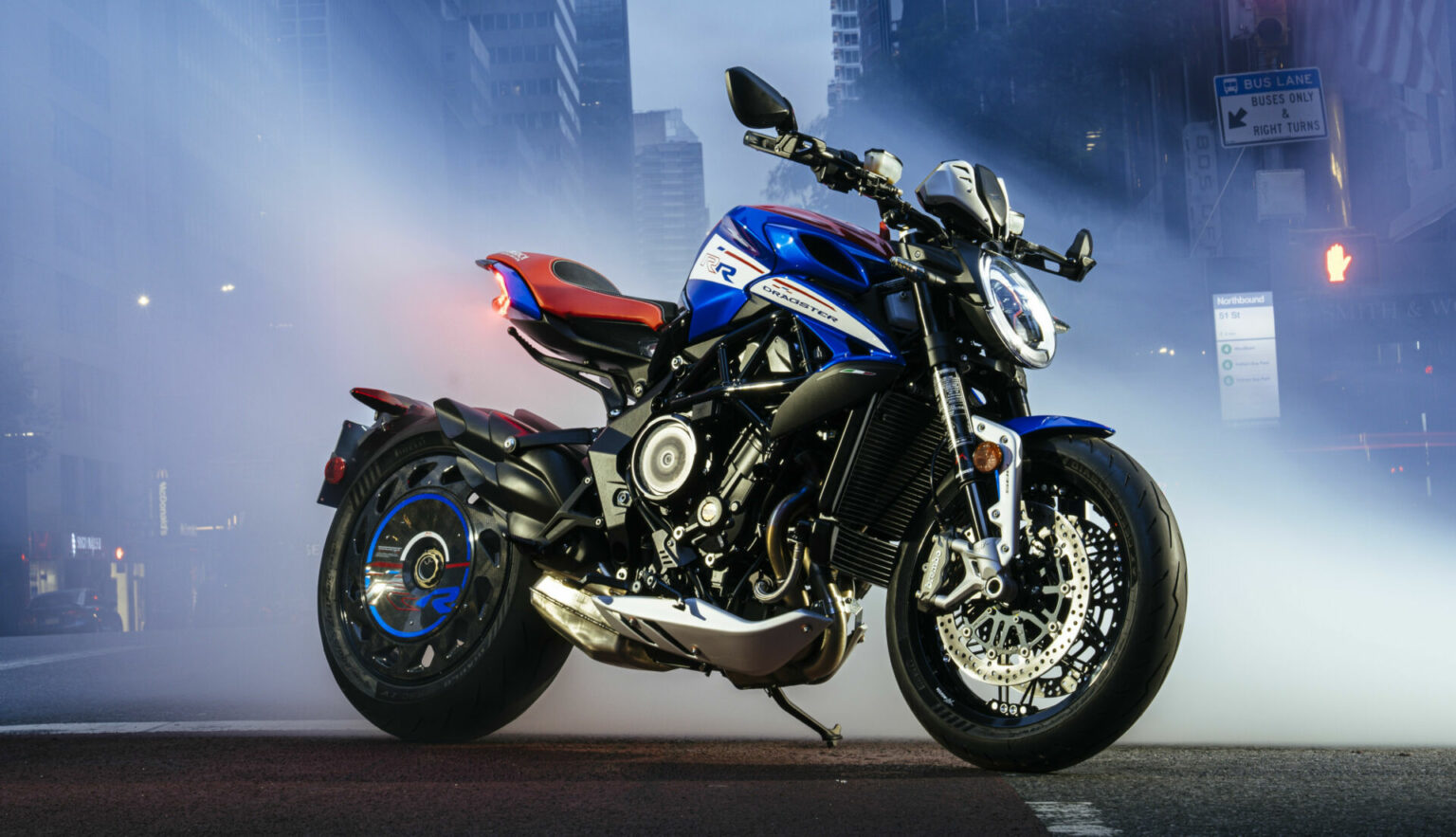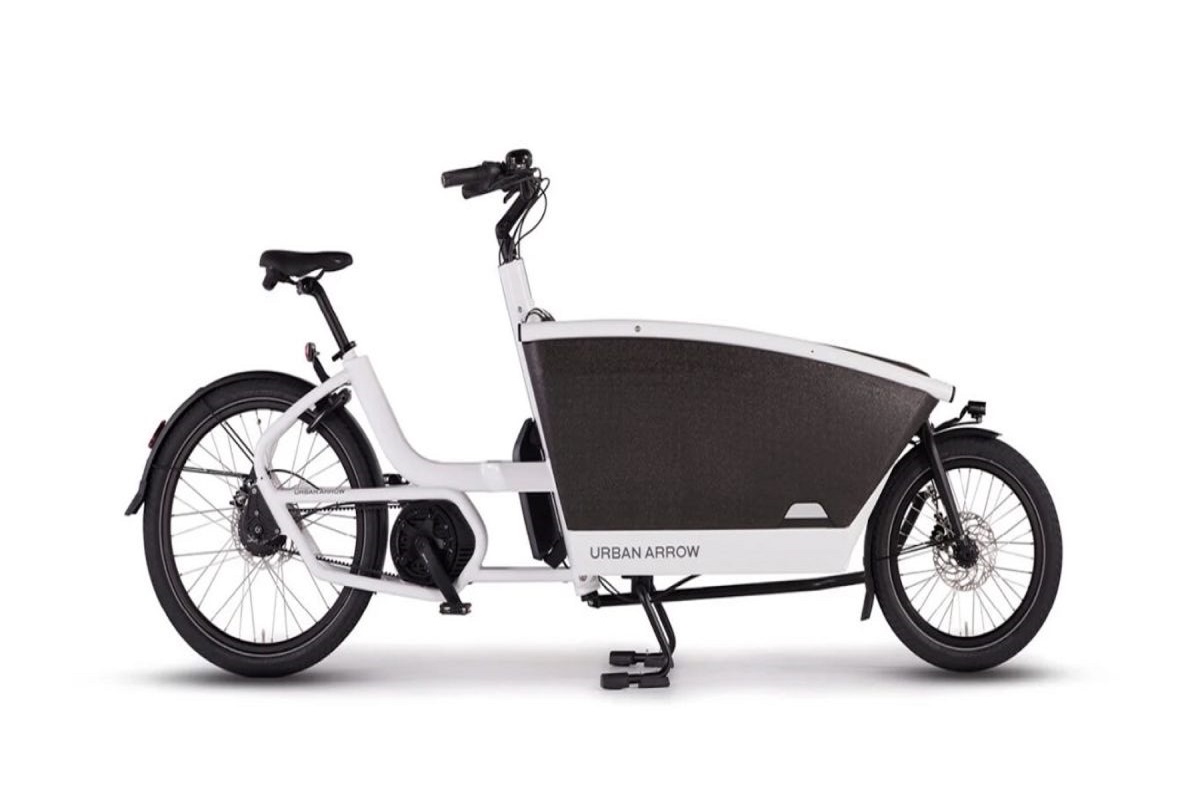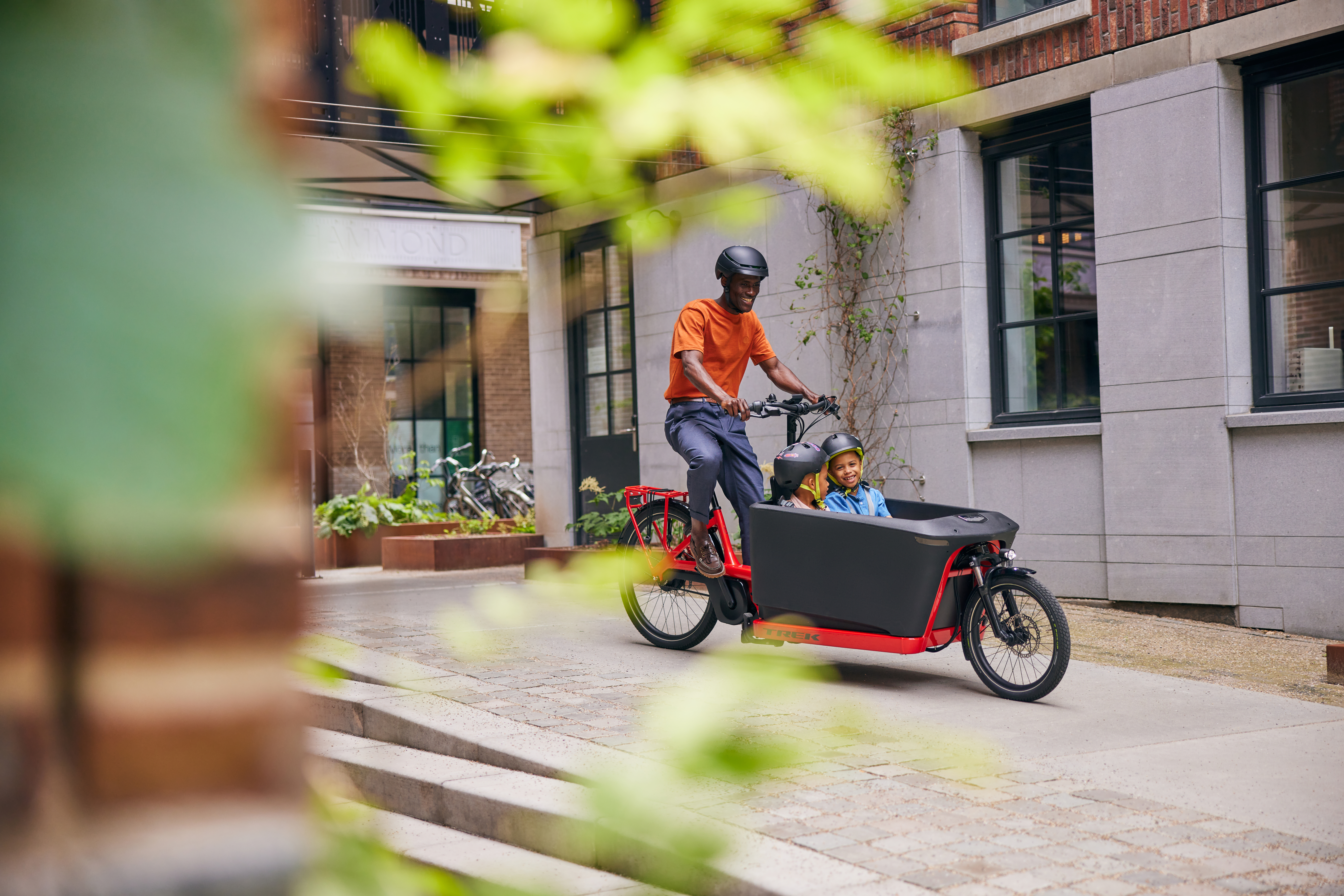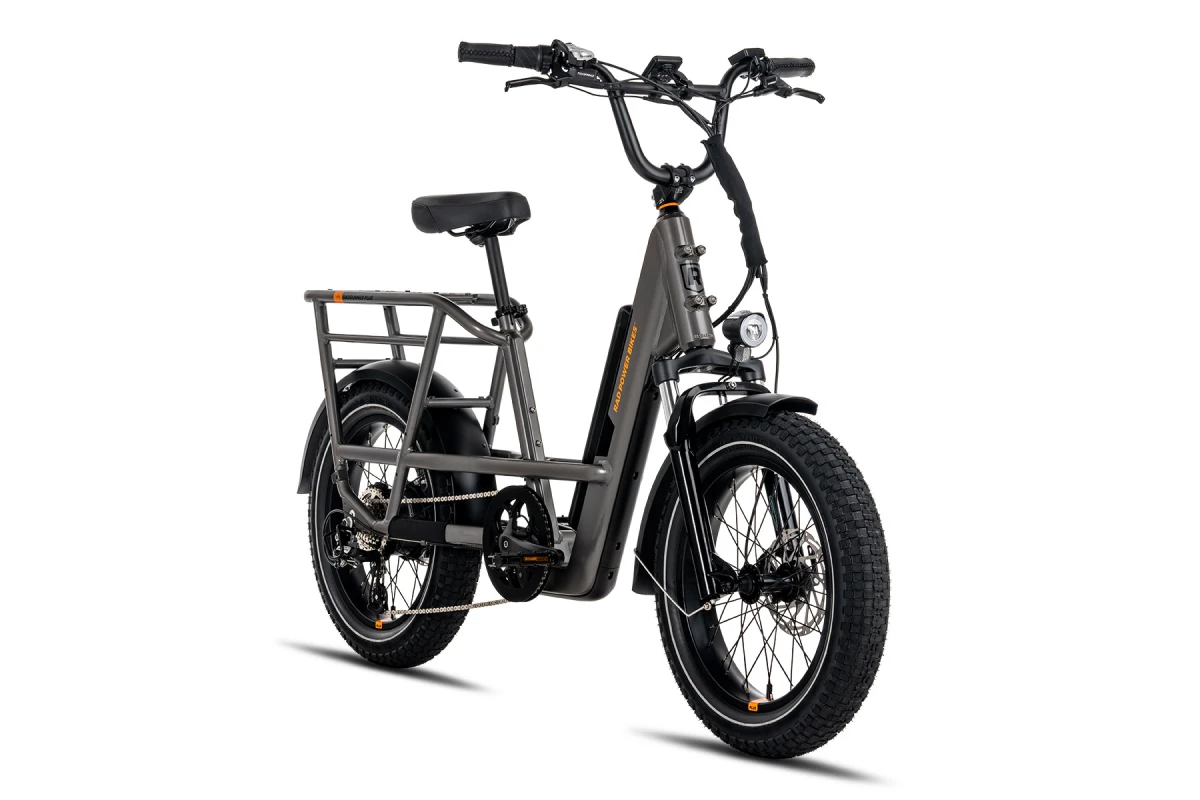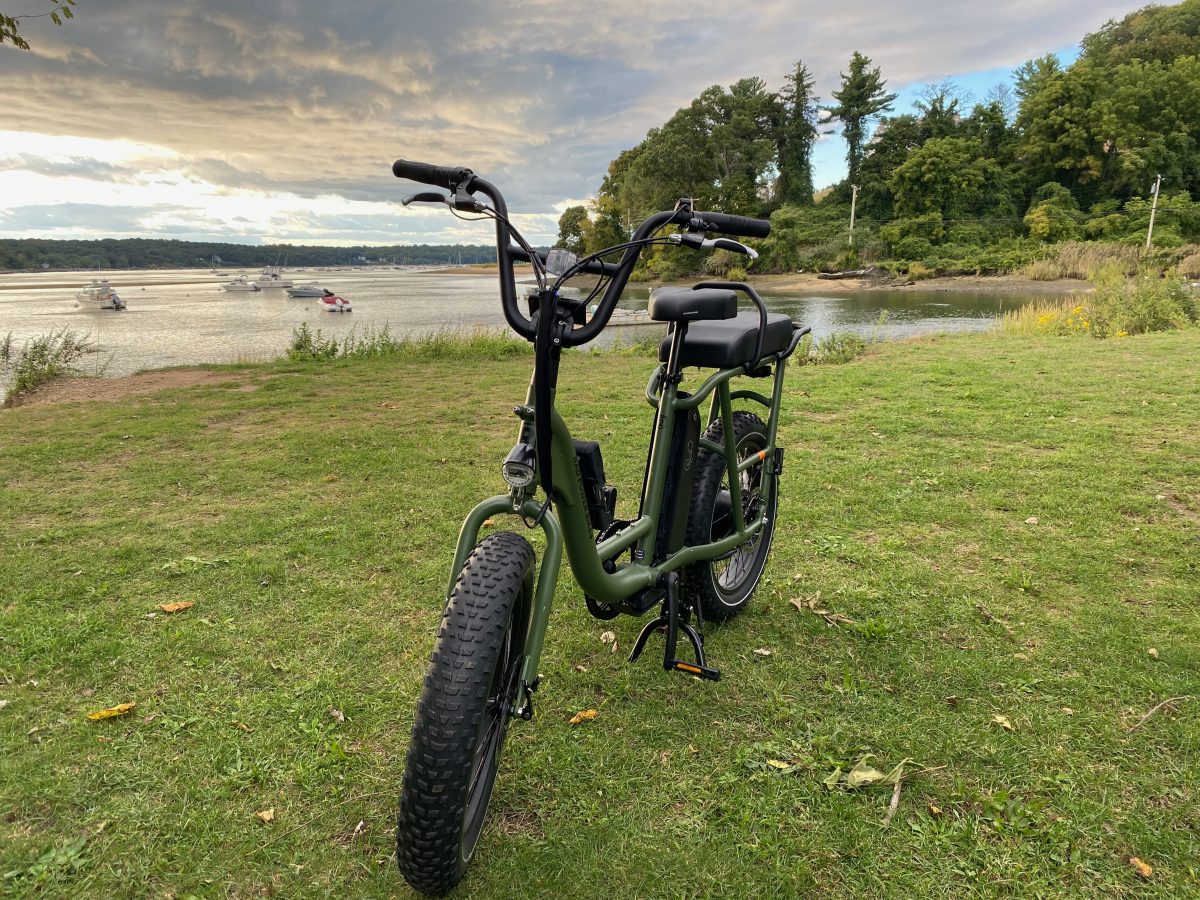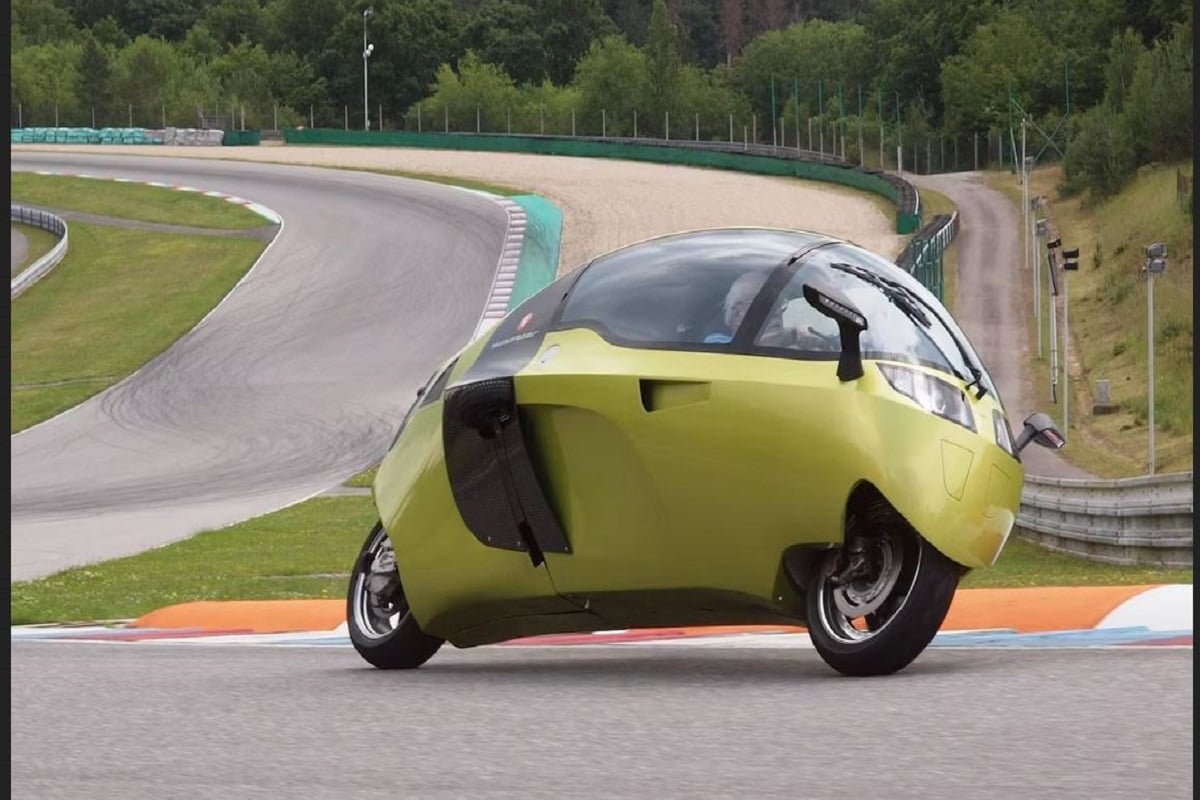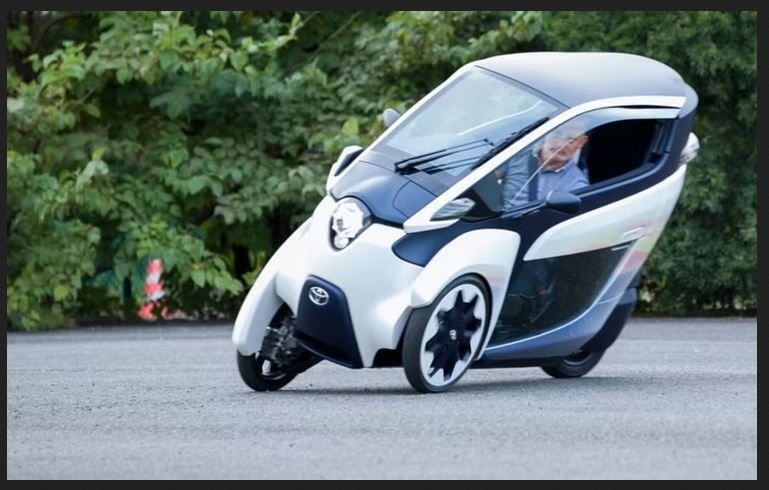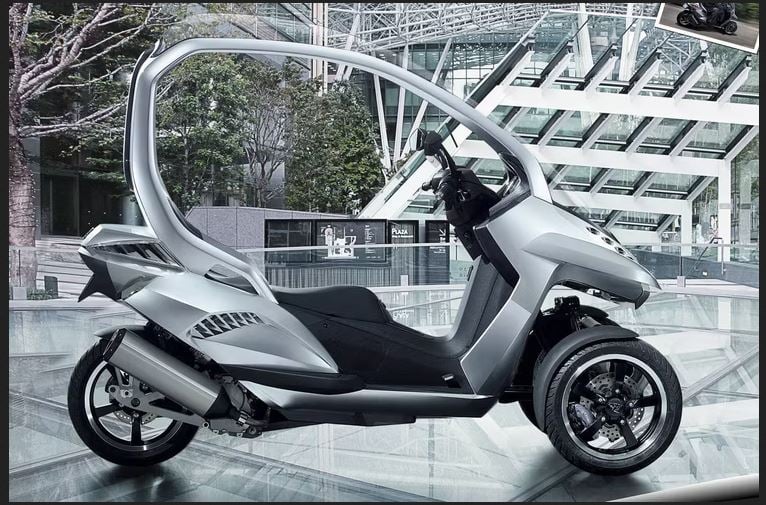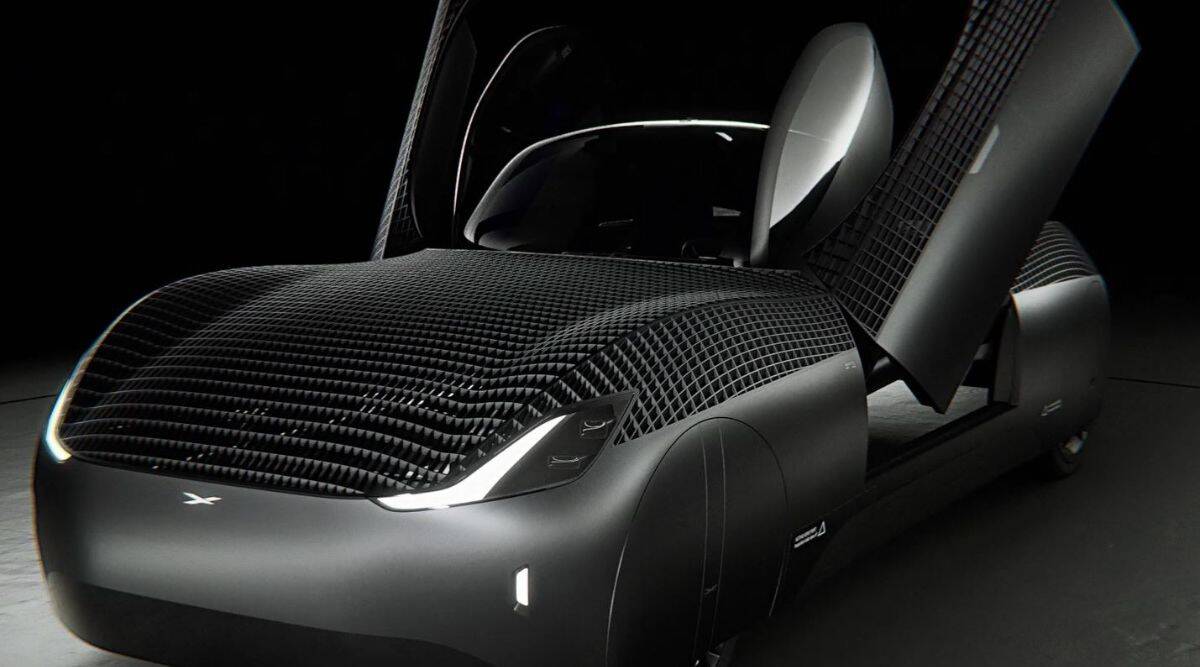Indian’s “Challenger” motorcycle has been making waves in the racing world, achieving impressive speeds and surprising everyone with its performance. This class of motorcycle, known for its heavy and long-wheelbase design, has evolved into American factory racing, and it’s gaining popularity rapidly.
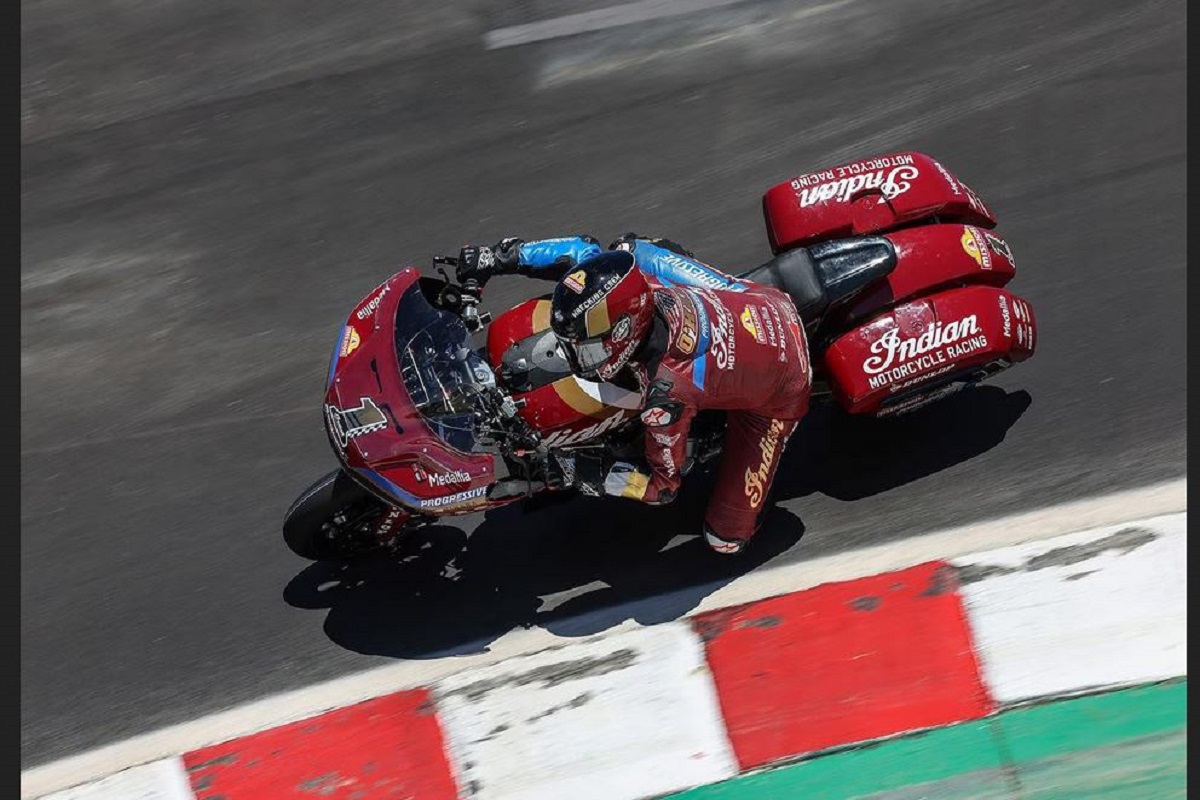
The development of the Challenger has been a step-by-step process, focusing first on the significant gains before addressing smaller issues. This approach has led to visible technological changes from race to race.
The engine in the Challenger class is not regulated for cam lift and timings, resulting in a distinct V-8 sound when started. The engine’s life depends on reliable oil delivery to its plain bearings, which was achieved by designing a cavity behind the crankshaft to submerge the pressure pump’s intake.
The Challenger’s one-piece forged crankshaft with a single crankpin carrying two connecting rods side by side, and the primary drive from the crank to the gearbox is by gear. The drive to the rear wheel is through an S&S chain conversion.
Initially, the engine’s torque curve was planned to be “rainbow-shaped,” emphasizing midrange acceleration. This was different from the traditional torque curve of older two-valve big-inchers, which had peak torque at the bottom and decreased as engine speed climbed.
Compression ratio and head temperature play crucial roles in the engine’s performance. The cylinder heads on the Indian’s engine are CNC-ported, and the fuel used is VP’s T4, which is lead-and-ethanol-free but contains the oxygenate MTBE.
The exhaust system is critical, and the Challenger’s exhaust headers are additive-manufactured stainless pieces. Each cylinder has its own oxygen sensor, allowing it to be tuned separately.
The class has attracted significant attention from major American corporations due to its unique nature and the application of racing development techniques to motorcycles designed for touring.
Indian’s riders in this class are champion Tyler O’Hara and development specialist Jeremy McWilliams.
The key to the Challenger’s impressive 180 mph speed at Daytona lies in its mighty acceleration off the chicane and the power to push the wide front fairing through the air resistance. The bikes’ large V-twin engines and long wheelbases make them comparable to MotoGP bikes in terms of acceleration.
The choice of a 60-degree V-twin angle prevents piston skirt-to-skirt clashing as the large-bore pistons approach bottom center.
S&S Chief Engineer Jeff Bailey revealed that the horsepower of the modified engine is more than the commonly stated range of 155 to 165. The engine’s capabilities and the RPM limit set by MotoAmerica indicate its potential for further development.
The modifications made to the engine, such as the increase in bore size and the addition of a CNC-ported and additive-manufactured right angle bend for improved air intake, have significantly improved its performance.
